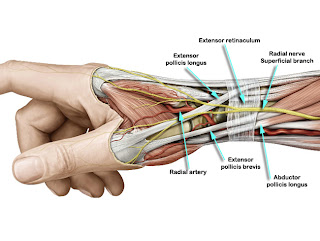EATING DISORDERS
THREE major eating disorders within the general population:
Anorexia Nervosa, Bulimia Nervosa, Binge eating disorders
Anorexia Nervosa
Anorexia Nervosa is failing to eat an adequate amount of food to maintain a reasonable body weight. In Anorexia Nervosa there is avoidance of food, engaging in excessive vigorous exercise
These subjects typically, weigh less than 85% of their normal weight. It is associated with:
Dry skin
Amenorrhea
Reduced bone mass
Brittle nails
Carotene pigmentation (yellowish appearance of the palms and soles of the feet)
Bulimia Nervosa
Bulimia Nervosa is characterized by continual episodes of binge eating followed by purging.
A binge involves eating large amounts of food in a discrete period of time. After a binge, vomiting is induced and/or laxatives are used. In these cases involve excessive exercise as a form of purging. Body weight is often normal in these cases. A secretive eating pattern is also seen in them. Usually nervous or agitated behavior is seen immediately after eating. There is either loss or gain of extreme amounts of weight.
Binge Eating Disorder (BED)
Binge Eating Disorder involves ingesting large amounts of food without purging. It leads to obesity in most cases. The factors involved in the development of this type of eating disorder include:
Dissatisfaction with body image
Distortions in thinking
Perfectionist beliefs
Excessive self-criticism
Fear of fat
Excessive dieting
Preoccupation with food
Consequences of Dieting
Cultural pressures to be thin and the stigma of being overweight have resulted in many young people engaging in dieting and abnormal eating behaviors. Chronic dieting can lead to:
Retardation of physical growth
Menstrual irregularities in females
Lowered metabolic rate
Development of eating disorders


Comments
Post a Comment